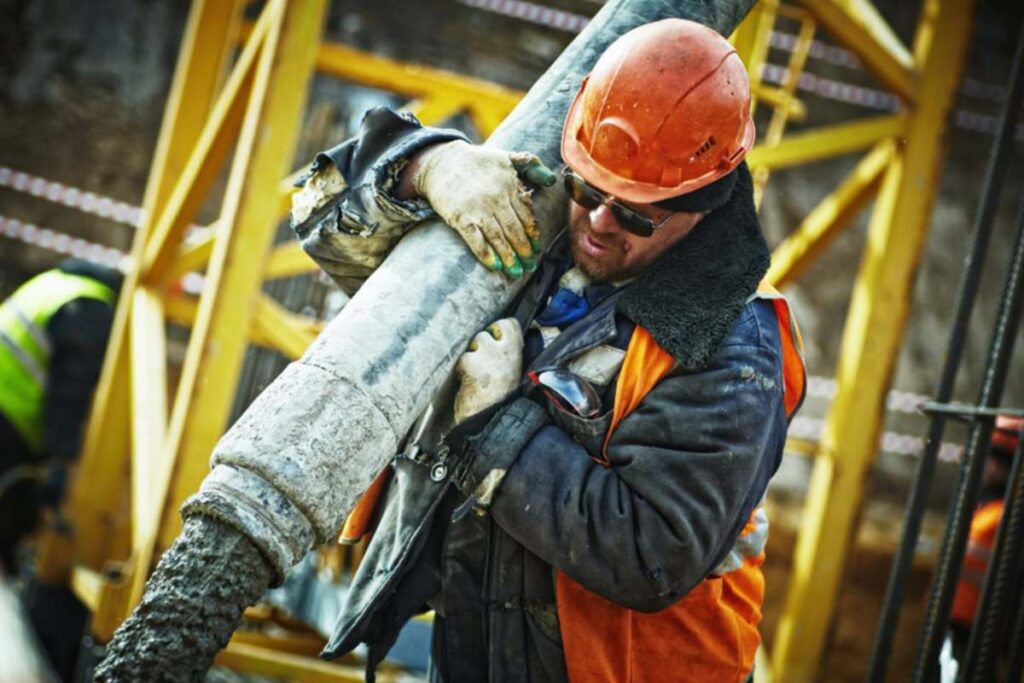Workplace safety is a vital element in maintaining a successful organization. Companies should prioritize employee safety to decrease the likelihood of accidents, reduce potential liabilities, and foster a positive work environment. In this blog post, we will discuss several crucial steps for preventing workplace accidents and ensuring employee safety.
Prioritize Employee Training
Providing employees with proper safety training eliminates much of the risk associated with workplace accidents. Training should be ongoing, comprehensive, and tailored to each employee’s job responsibilities. Key training topics should include safe work practices, emergency preparedness, and hazard communication strategies.
Implement a Comprehensive Safety Program
Developing a detailed safety program is an essential first step in reducing workplace accidents. This program should cover all potential hazards, including equipment, chemicals, ergonomics, and environmental concerns. Additionally, the program should include documentation of safety policies, employee training, and regular safety audits to ensure ongoing compliance.
Foster a Safety Culture
Creating a strong safety culture within your organization helps solidify the importance of workplace safety. Encourage employee involvement in safety initiatives, designate safety leaders, and recognize and reward employees who exhibit safety-conscious behavior. Open communication channels and enable employees to report hazards or suggest improvements without fear of repercussion.
Establish a Return-to-Work Program
In the event of a workplace accident, having a return to work program in place can help support the injured employee and minimize productivity loss. Develop a plan that includes modified work assignments or temporary alternate work as needed while the employee recovers.
Maintain Proper Housekeeping
A cluttered workplace is an accident waiting to happen. Regular housekeeping can help minimize the risk of slips, trips, and falls. Be sure to keep walkways clear of debris, properly store materials and equipment, and immediately address any spills or leaks.
Provide Safe Work Equipment and Proper Maintenance
Ensuring that employees have access to safe and well-maintained equipment is crucial for preventing workplace accidents. Establish a regular maintenance schedule for all equipment, routinely inspect for wear and damage, and replace faulty equipment promptly.
Manage Workplace Stress
Workplace stress can contribute to employee fatigue and decreased attention to detail, which can lead to accidents. Consider implementing stress management strategies such as promoting work-life balance, providing mental health resources, and offering flexible scheduling options.
Develop Emergency Plans and Evacuation Procedures
Having a well-established emergency plan and evacuation procedure can help mitigate the consequences of workplace accidents. Ensure employees are trained in these procedures and conduct periodic drills to evaluate their effectiveness. Update your plan regularly to account for any changes in your workplace environment or personnel.
Monitor and Respond to Near Misses
Near misses, or incidents that could have resulted in an accident, are valuable learning opportunities. Regularly review near-miss reports, investigate causes, and implement corrective actions to prevent future incidents.
Identify and Control Workplace Hazards
Conduct regular hazard assessments to identify potential risks in your workplace. Take proactive steps to eliminate or minimize these hazards whenever possible. This may include implementing engineering controls, adjusting work processes, or providing personal protective equipment (PPE) for employees.
Encourage Open Communication
Open communication is essential to maintaining a safe work environment. Encourage employees to share their concerns and suggestions for improving workplace safety. This can help identify potential hazards and create an environment of trust and cooperation.
Conduct Regular Safety Inspections
Establish a routine schedule for conducting thorough safety inspections within your organization. Inspect facilities and equipment for potential hazards, compliance with safety procedures, and the need for maintenance or repair. Regular safety inspections help maintain a strong safety culture and reduce the likelihood of accidents.
Evaluate and Improve Safety Policies
Consistently review and evaluate the effectiveness of your safety policies. Make necessary updates and improvements based on feedback from employees, incidents, and safety inspections. Continuous improvement in safety policies helps keep your organization up-to-date on best practices and reinforces the importance of workplace safety.
Preventing workplace accidents requires a proactive and comprehensive approach. By following these crucial steps, employers can promote a safe working environment, protect employees, and reduce the risk of costly accidents. Remember, when it comes to workplace safety, it is always better to be proactive than reactive.


